“Glacial Acetic Acid Food Grade 35kg” has been added to your cart. View cart
Reviews (0)
Be the first to review “Adipic Acid” Cancel reply
Shipping & Delivery
Related products
Citric Acid Anhydrous 25kg
Citric acid is a weak organic acid that occurs naturally in citrus fruits such as lemons, limes, oranges, and grapefruits. It is a tricarboxylic acid with the chemical formula C6H8O7 and is commonly used as a food additive, preservative, and flavoring agent. Citric acid is also used in the pharmaceutical industry, as a chelating agent in cleaning and personal care products, and in the production of cosmetics and detergents. It is a white crystalline powder with a sour taste and is soluble in water.
Disodium Hydrogen phosphate dihydrate
Disodium hydrogen phosphate dihydrate, also known as disodium phosphate dihydrate or Na2HPO4·2H2O, is a chemical compound with the formula Na2HPO4·2H2O. It is a crystalline solid that consists of two sodium cations (Na+) and one dihydrogen phosphate anion (HPO42-) combined with two water molecules (H2O).
Disodium hydrogen phosphate dihydrate is commonly used as a food additive, buffering agent, emulsifier, and pH regulator in various industries. It has a wide range of applications, including in the production of beverages, processed foods, and pharmaceuticals. Additionally, it is utilized in laboratory settings for various chemical and biological experiments.
The compound is highly soluble in water, which contributes to its effectiveness as a pH buffer. It can act as both a weak acid and a weak base, making it useful in maintaining a stable pH level in solutions. Its versatile properties and easy availability make disodium hydrogen phosphate dihydrate a commonly employed chemical in numerous applications.
Fumaric Acid
KSh0.01
Fumaric acid is a naturally occurring organic compound with the chemical formula C₄H₄O₄. It is a dicarboxylic acid that plays a role in the citric acid cycle (Krebs cycle) in cellular metabolism. Fumaric acid is a white crystalline substance with a slightly acidic taste.
Uses:
- Food and Beverage Industry: It’s used as a food additive (E297) to enhance flavor and preserve food, especially in the production of beverages, fruit juices, and candies.
- Pharmaceuticals: It is used in the treatment of certain skin conditions like psoriasis, and as a precursor in the synthesis of certain drugs.
- Industrial Applications: Fumaric acid is used in the production of resins, plastics, and as a cross-linking agent in the manufacturing of unsaturated polyester resins.
- Cosmetics: It is sometimes included in skincare products for its mild exfoliating and skin-conditioning properties.
Glacial Acetic Acid Food Grade 35kg
Acetic acid is an organic acid with the chemical formula CH3COOH, also known as ethanoic acid. It is a colorless liquid with a pungent, sour taste and a distinctive vinegar-like odor. Acetic acid is an important industrial chemical used in the production of various products, including solvents, plastics, textiles, and food additives. It is also the main component of vinegar, which is commonly used as a condiment and preservative in cooking and food preparation.
Lactic acid food grade
Lactic acid is a chemical compound classified as an organic acid. It is a type of carboxylic acid, specifically known as 2-hydroxypropanoic acid. Lactic acid is produced in the body as a byproduct of anaerobic metabolism, primarily in muscle tissues, during periods of intense physical activity or when oxygen supply is limited. It plays a crucial role in energy production and can serve as an alternative energy source when glucose availability is reduced.
In terms of its chemical structure, lactic acid consists of a three-carbon molecule with a hydroxyl group (-OH) and a carboxyl group (-COOH) attached to the second carbon. It exists in two stereoisomeric forms: L-lactic acid and D-lactic acid. L-lactic acid is the most common and biologically active form found in humans.
Lactic acid has several industrial applications, including its use in food production, pharmaceuticals, and cosmetics. It is often utilized as a preservative, flavoring agent, pH regulator, and moisturizer. Lactic acid is also employed in various chemical processes, such as the production of biodegradable plastics and environmentally friendly solvents.
Overall, lactic acid is an important compound with diverse biological and industrial significance, contributing to various physiological processes and serving as a versatile chemical building block in numerous applications.
Malic acid 25kg
Malic acid is a naturally occurring organic compound with the molecular formula C4H6O5. It is a dicarboxylic acid that is commonly found in fruits, particularly in apples, and is responsible for their sour taste. Malic acid is also used in the food industry as a flavor enhancer, acidity regulator, and preservative. It can also be used in various other applications such as in the production of cosmetics, pharmaceuticals, and as a chelating agent in metal complexation reactions.
Phosphoric acid Technical Grade 30kg
Phosphoric acid is a clear, colorless, and odorless mineral acid with the chemical formula H3PO4. It is a triprotic acid, which means that it can donate three protons (hydrogen ions) per molecule when dissolved in water. Phosphoric acid is commonly used in the production of fertilizers, detergents, and food additives, as well as in various industrial applications, such as rust removal and metal surface treatment. It is also used in the production of soft drinks, where it gives a tart flavor and acts as a preservative.
Tartaric Acid 500gm
Tartaric acid is a naturally occurring organic acid found in many plants, particularly in grapes, bananas, and tamarinds. It is well-known for its significant role in the wine industry, where it helps stabilize the wine and contributes to its taste. Here are some key aspects and uses of tartaric acid:
Chemical Properties
- Chemical Formula: C4_44H6_66O6_66
- Molecular Weight: 150.09 g/mol
- Appearance: White crystalline powder
- Solubility: Soluble in water and alcohol
Natural Occurrence
Tartaric acid is widely found in nature, predominantly in fruits like grapes, apricots, and apples. The potassium salt of tartaric acid, known as potassium bitartrate or cream of tartar, is a byproduct of winemaking.Industrial Production
Commercially, tartaric acid is often produced as a byproduct of wine production. The process involves:- Extraction: The sediment left in wine barrels, known as "lees," is treated to extract potassium bitartrate.
- Purification: The crude potassium bitartrate is then purified and converted to tartaric acid.

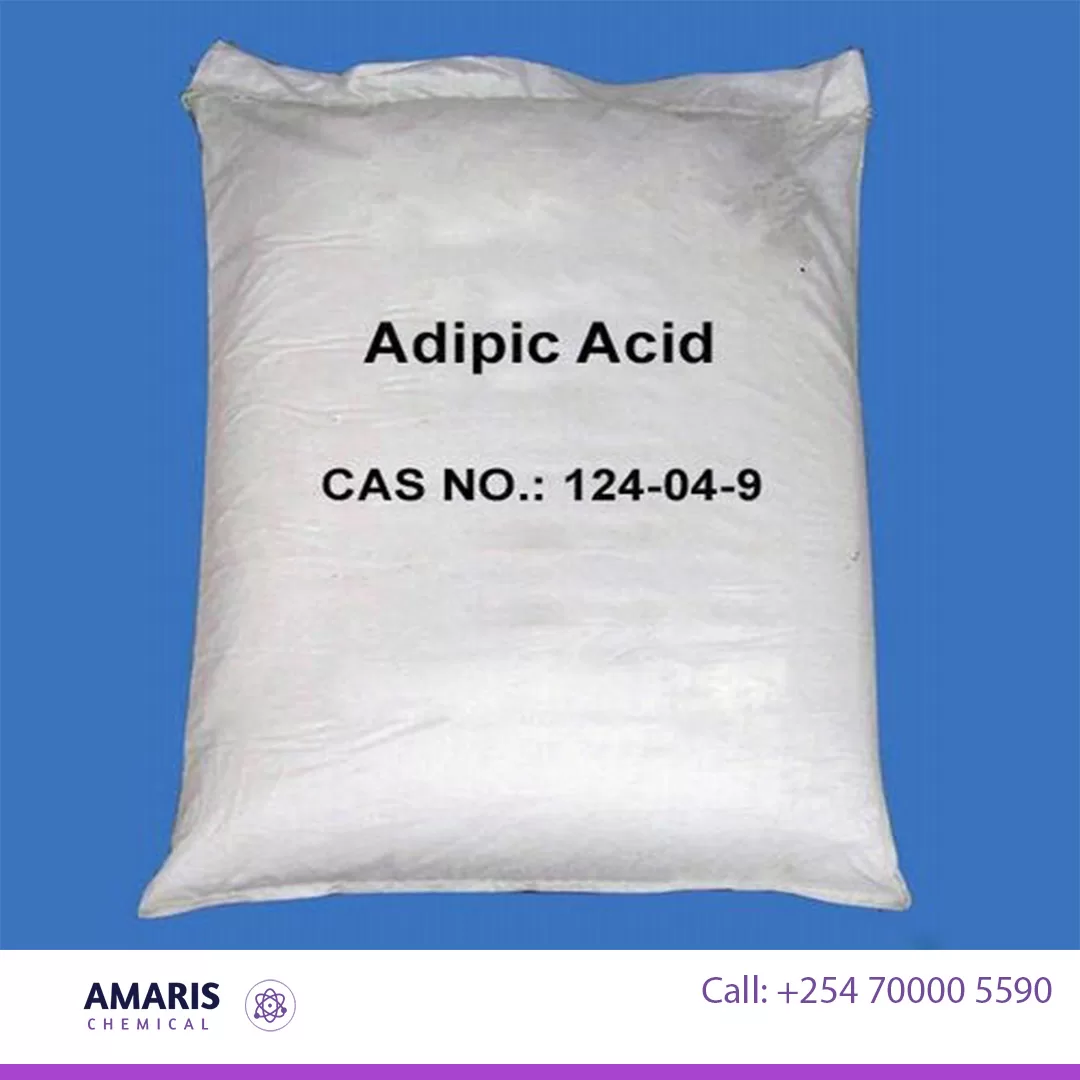

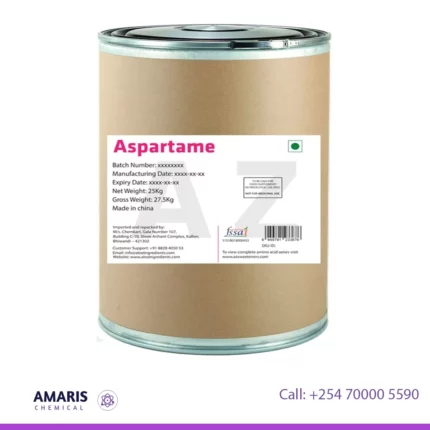


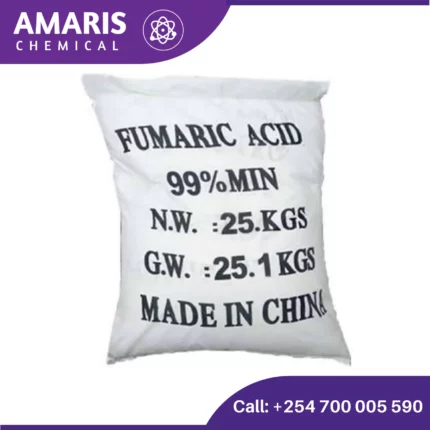
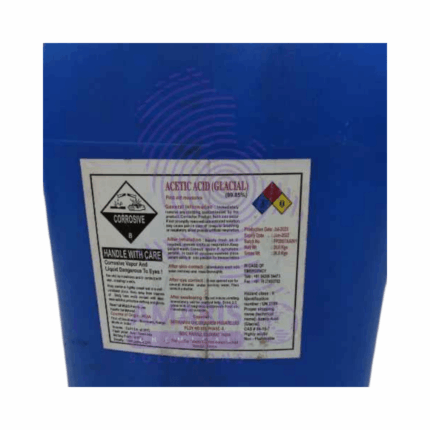
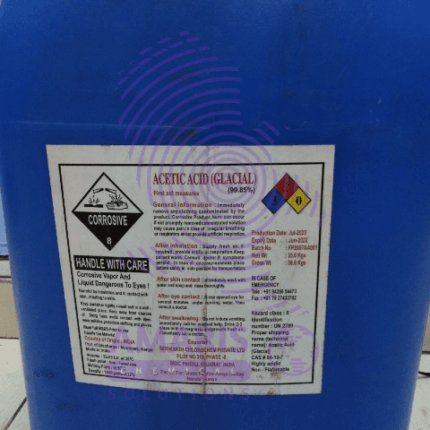
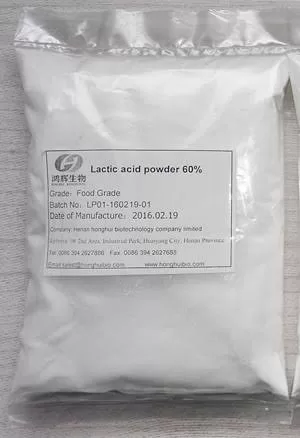
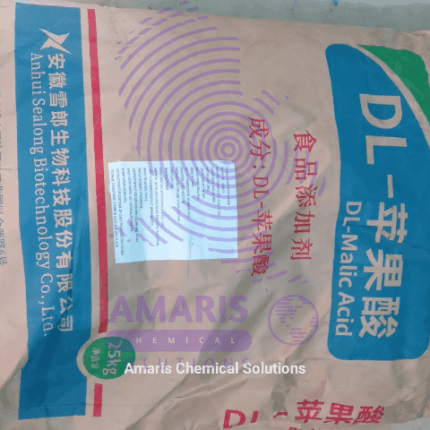

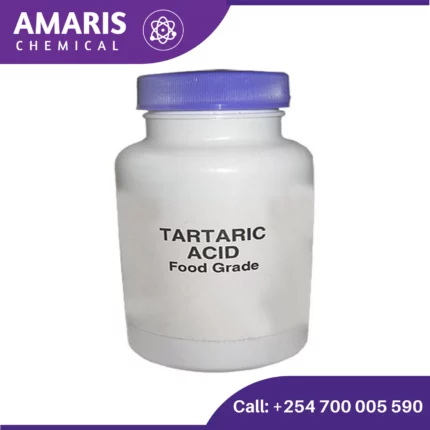







Reviews
There are no reviews yet.